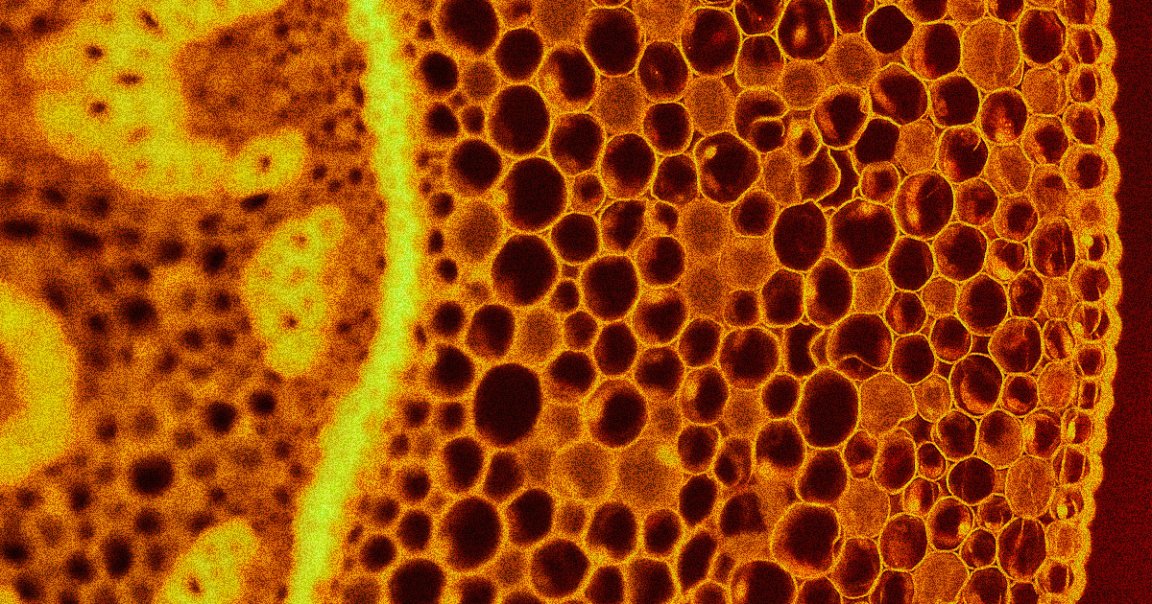
Researchers have engineered tiny robots made from human cells that could potentially be used to help heal wounds, regenerate tissue, and even treat diseases.
As detailed in a new study published in the journal Advanced Science, these multicellular “anthrobots” have already demonstrated that they can move on their own and help repair and regrow damaged regions of neurons.
So far, the bio-bots have only been able to perform these feats in a laboratory setting — just a petri dish, in fact — but their potential is no doubt astounding.
The work follows up previous research, led by some of the same researchers who developed the first biological robots, dubbed “xenobots,” from frog stem cells.
Now, they’ve one-upped themselves by proving that they can do the same, if not better, with regular human cells. That could potentially allow doctors to use a patient’s own cells to construct the bots, reducing the chances of complications like the body rejecting foreign tissue.
“Some people thought that the features of the xenobots relied a lot on the fact that they are embryonic and amphibian,” study co-author Michael Levin, a professor of biology at Tufts University, told CNN. “I think this is a much more general property of living things.”
“We don’t realize all the competencies that our own body cells have,” he added.
The researchers created the anthrobots using adult human cells from the trachea, or windpipe. These cells are covered in hairy filaments called cilia that wriggle and push away foreign material. Just as importantly, they can also clump together to form multicellular growths called organoids.
Take advantage of these traits, and you have the key ingredients for a biological robot. In the lab, the researchers encouraged the cells to form organoids with their cilia facing outwards. Within day, these hairy lumps began to inch around using their cilia, moving in straight lines and circles and sometimes just sitting in place.
Though their mobility varies, the fact the cells can clump in such a formation means that these bio-robots can practically make themselves.
“Anthrobots self-assemble in the lab dish,” explained co-author Gizem Gumuskaya, a synthetic biologist at Tufts, in a statement about the work. “Unlike Xenobots, they don’t require tweezers or scalpels to give them shape, and we can use adult cells — even cells from elderly patients — instead of embryonic cells,” she added.
To demonstrate their therapeutic potential, the researchers grew 2D layers of human neurons, made little incisions in them to form wounds, and put “superbot” clusters of the anthrobots nearby. Remarkably, without any additional genetic engineering or programming, the superbots went ahead and helped the neurons regrow.
How they prompted this healing isn’t fully understood yet. But Gumuskaya is confident that their potential is enormous. Unlike inanimate robots, “cells can communicate with each other and create these structures dynamically,” and are already programmed to carry out biological functions. Plus, they safely bio-degrade within 60 days.
Rest assured, these bio-bots don’t reproduce and can’t survive outside the lab, so the scientists say there’s no chance for them to spread uncontrollably — though hopefully one day, they’ll prove sturdy enough to survive our bodies.
More on bio-robots: Scientists Build Tiny Robots That Can Inspect, Manipulate Your Cells